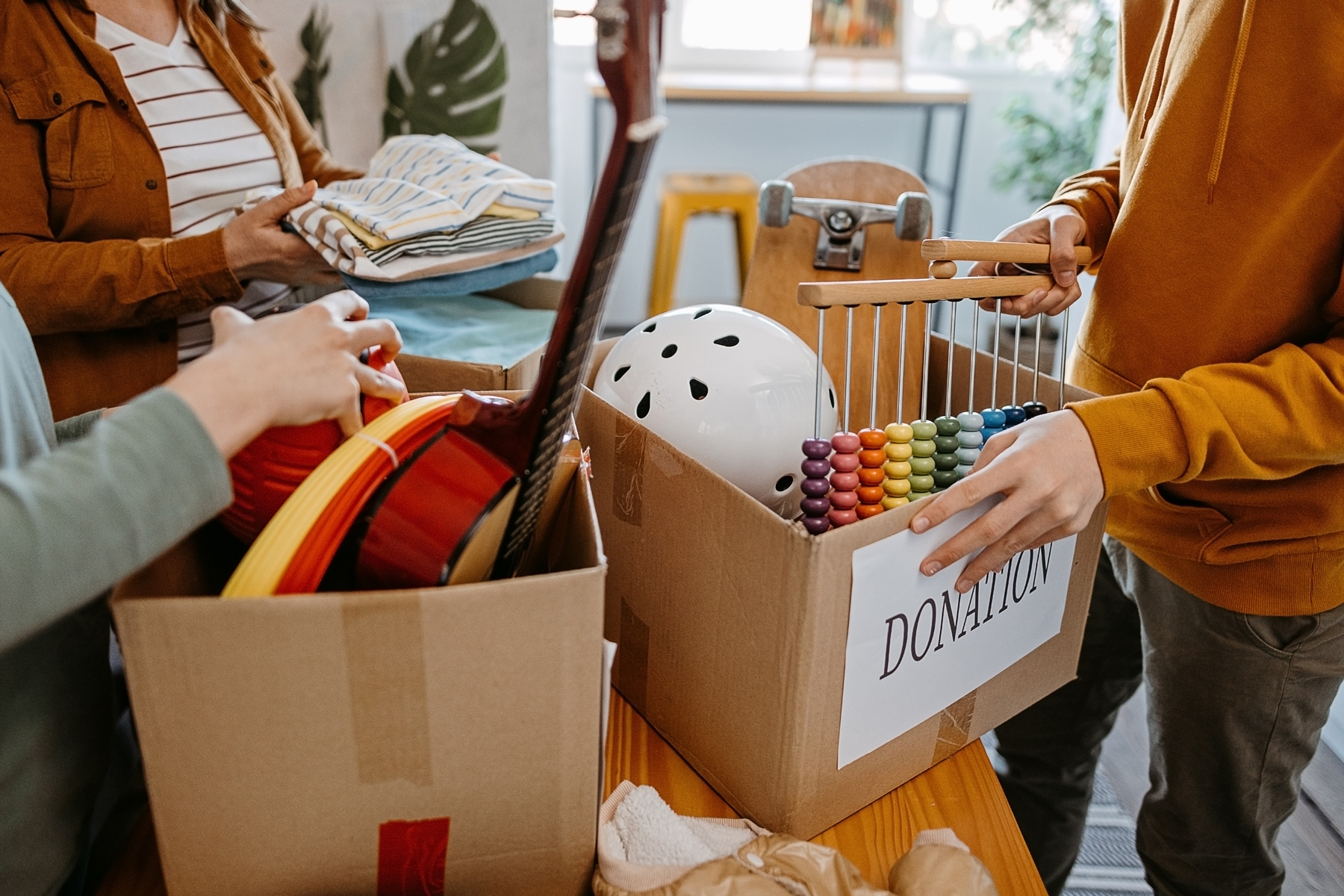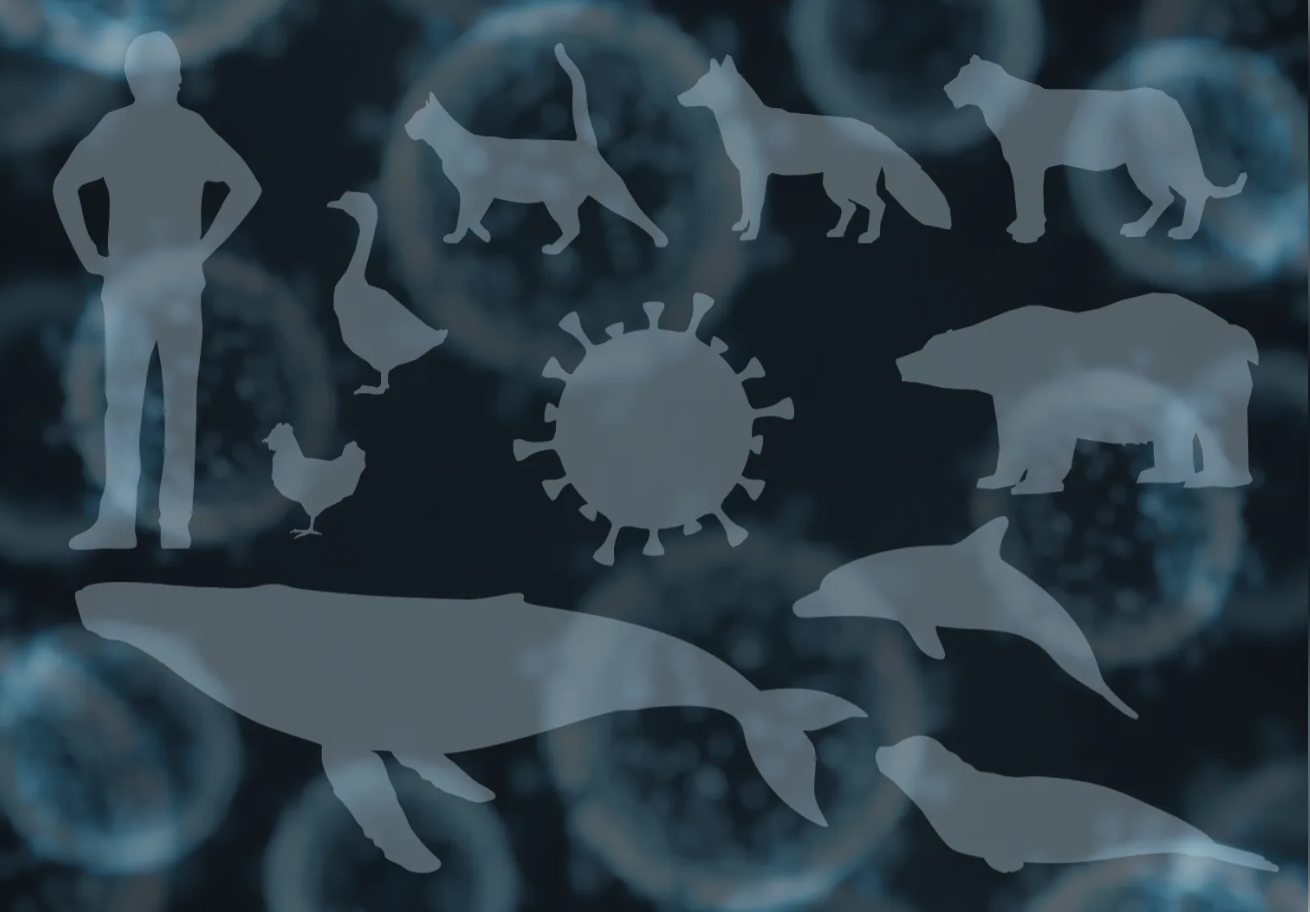By Brad Haire
University of Georgia
Georgia has many native plant species that can be viable, low-
maintenance choices for home landscapes.
“Georgia is blessed with many diverse, beautiful and interesting
native plant species,” said Amy Carter, a research coordinator
at the UGA National Environmentally Sound Production Agriculture
Lab in Tifton, Ga.
Virtually endless
Georgia has one of the most abundant plant populations in the
United States, she said. With more than 2,800 tree, shrub,
flower and ground-cover species native to the state, the native
landscape potential here is almost endless. Only three states
have more.
Devilwood, possum haw, hairy ruellia, black gum, sourwood,
flowering dogwood, wire grass, switch grass, muhly grass,
magnolia, wax myrtle, saw palmetto and many others are Georgia
natives.
For a list of plants native to Georgia and where to get them,
visit the Georgia Native Plant Society’s Web site
(www.gnps.org).
Native plants offer many advantages over exotic species, Carter
said. But there are a few misconceptions.
A native plant usually requires less maintenance. You don’t have
to fight to keep it alive because it’s where it wants to be. But
this doesn’t mean it needs no maintenance. You can’t be
lazy. “All landscapes need some maintenance,” she said.
The native species have been here a long time. Generally, if
placed properly in the landscape, they require less water and
chemical insecticide and fungicide to grow. That’s much better
for the immediate environment.
“They’ve proven they can handle the weather, bugs and conditions
in Georgia without much help,” she said.
When many think of native landscapes, she said, they think of an
unkempt area. This doesn’t have to be so. It can be as tidy as
any flower bed.
To get started, as with most landscape plans, you first want to
assess the landscape area. Is it dry? Wet? Is the soil acidic?
Shady? Sunny? How will it look from the house or street?
Then choose the right trees, shrubs, flowers or ground covers
for the area. Consider where you live in Georgia. It’s a big
state, with many ecosystems. What grows well in the north
Georgia mountains may not do well in south Georgia or along the
coast, she said.
Don’t try to get too complicated with the planting, either. Keep
it simple and your new native landscape will bring you much
pleasure and pride.
“Natives can give you a sense of place or let you know where you
are,” she said.
Fancy?
A U.S. native plant is generally considered a plant that thrived
in an area before Europeans settled it, said Carter, who also
manages and conducts tours of the UGA Coastal Plain Research
Arboretum in Tifton. But as Europeans settled, so came the
exotic plant guests.
“At that time, instead of buying a nice foreign car, the rich
would purchase and bring over exotic plants to show off in their
landscapes,” she said.
Because of this practice, she said, some plant species have
become so common and abundant that many mistake them for
natives. But they aren’t. For example, camellias, boxwoods,
mimosas and some azaleas are foreigners.
Contact your county UGA Extension Service offices to find out
more about how to establish a native Georgia landscape.




